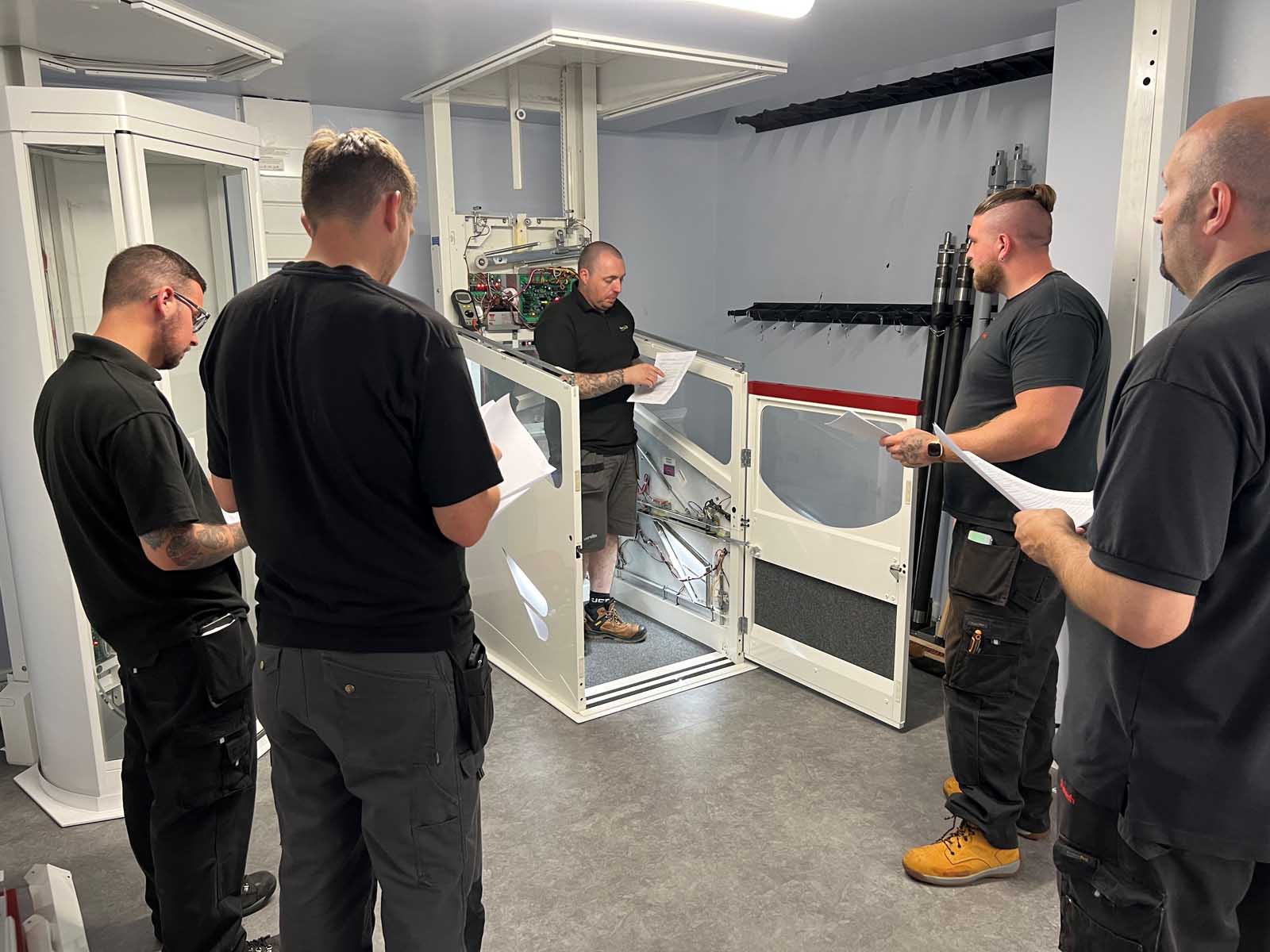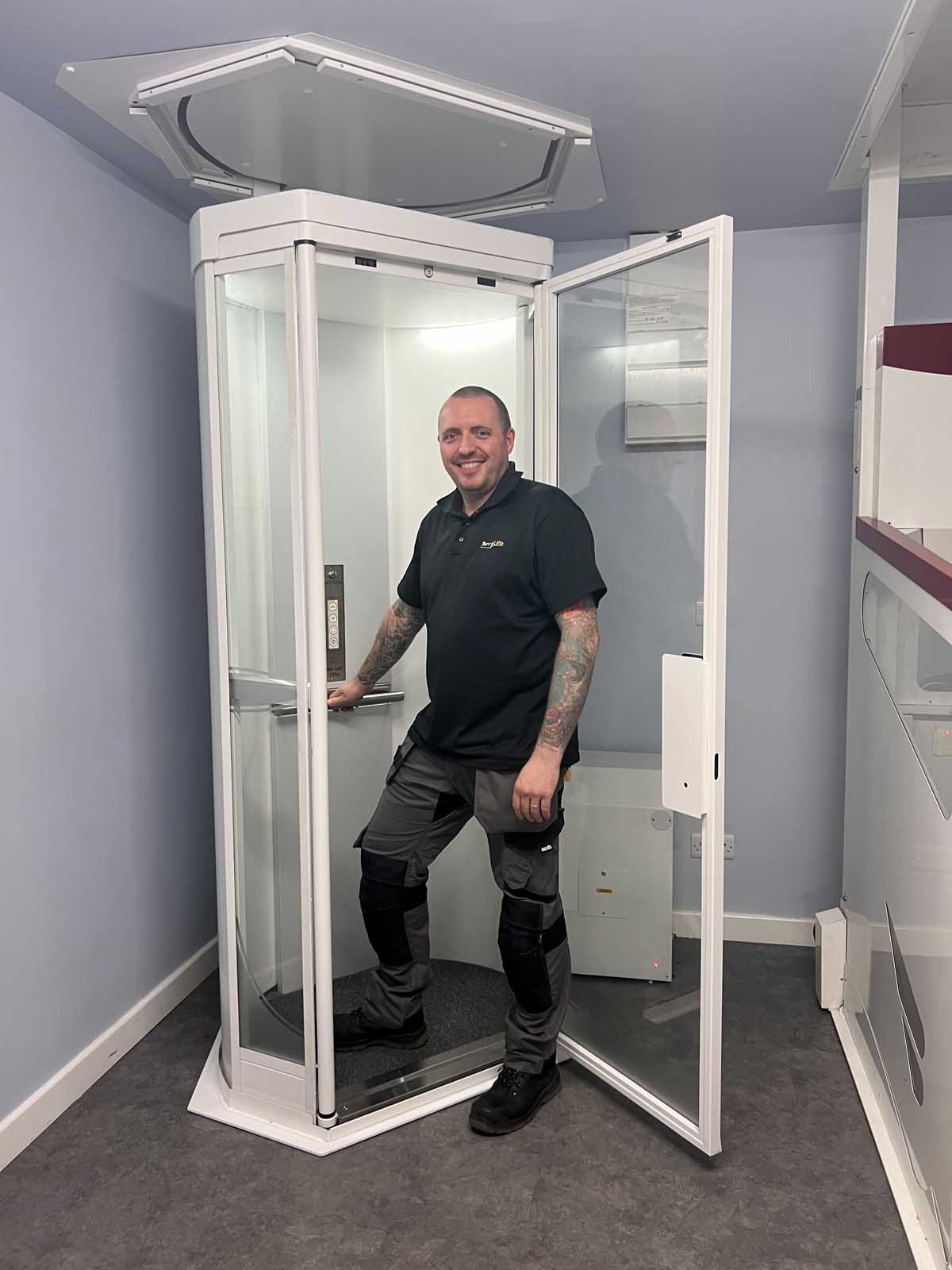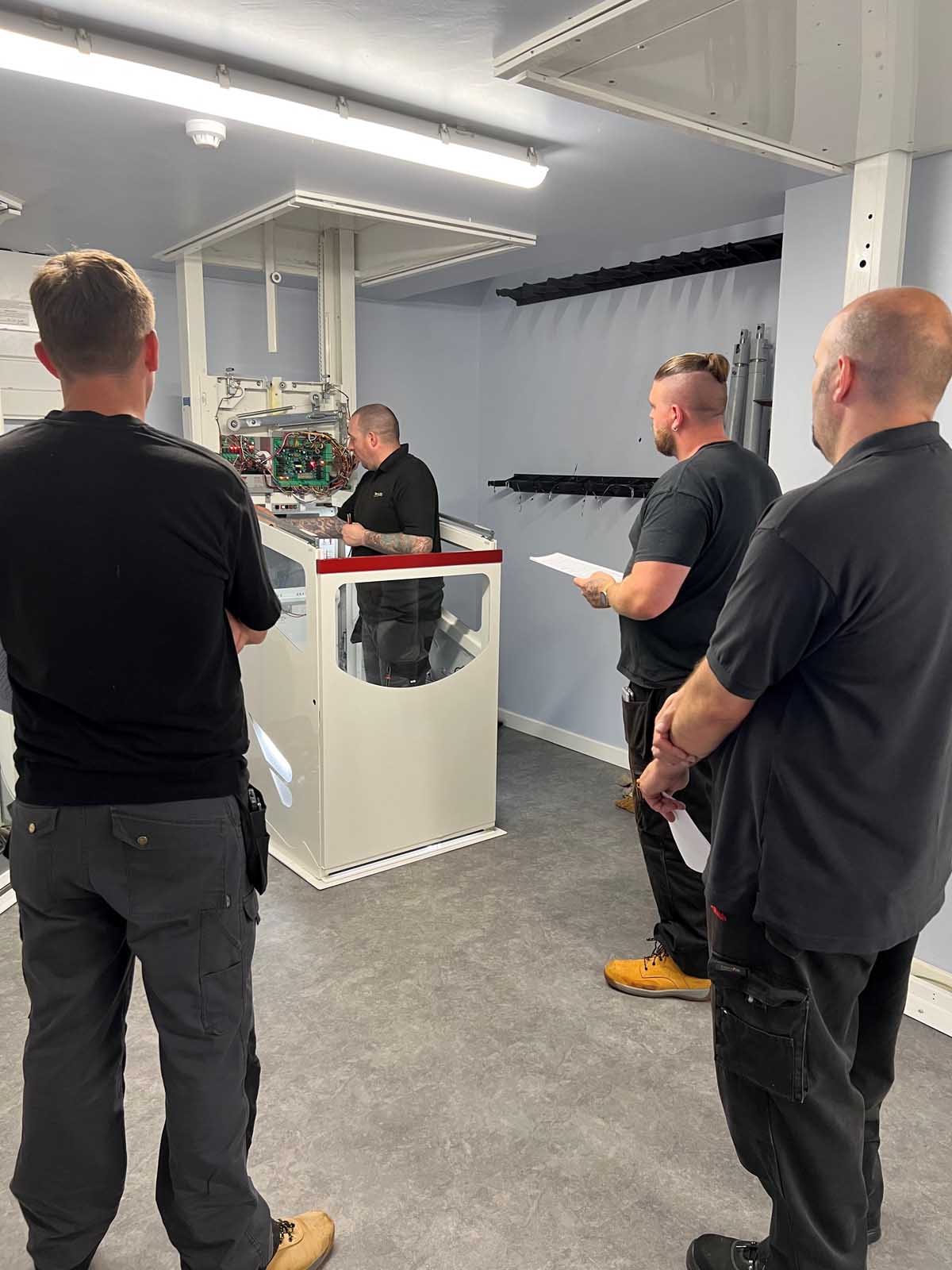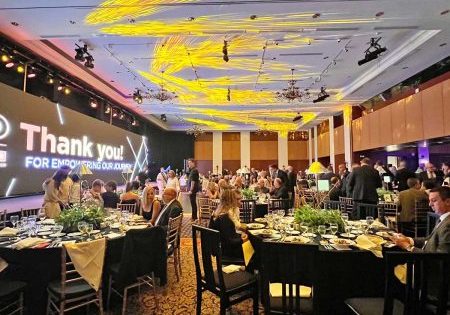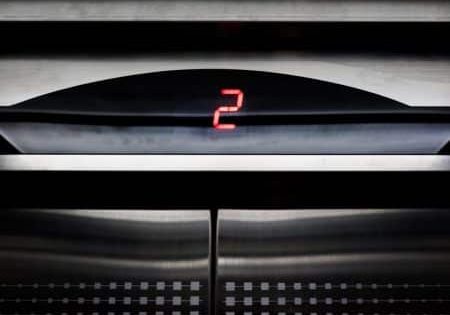The vital role of product training in customer service and safety
ELEVATOR WORLD UK chatted with Terry Lifts’ Installation and Service Supervisor Ian Cwiklinski about product training and the vital role it plays in delivering good customer service and providing customers with a safe and reliable home access solution. He said:
“I want people to be confident working on our lifts. Most are surprised at how simple it is once you strip everything back and break it down into smaller sections or circuits, rather than looking at the whole lift. It appears far less daunting and more manageable. And for me, that’s the best bit. I enjoy seeing individuals develop their understanding and recognise that they have the skill and now the confidence to install our lifts and keep them working, safely.”
Terry Lifts offers installation and service/repair training on all Terry Lifts-manufactured products. Depending on the selected course, step lifts and vertical platform lifts — the Melody 1 and 3 — are covered on day one, and for those interested in the company’s respected and popular home lifts — the Harmony, Harmony FE and the Lifestyle — the course continues into day two.
At the end of the course, each successful participant is issued a certificate of attendance.
Currently, there is no official qualification, but Terry Lifts is exploring award options with a national body. It is also using its British Healthcare Trades Association (BHTA) membership to lobby for stricter regulations and compliance for lifts and lift installation. Trained installers and repair and maintenance engineers are key to this.
Training sessions are held in a purpose-built training centre at the company premises in Knutsford, Cheshire. Terry Lifts has provided training to its partners, agents and engineers for more than 20 years after identifying a need for professional and competent trained installation and repair professionals to support its expanding and successful business.
The training centre, which opened in 2018, comprises a presentation room and workshop where all engineers can get hands on with the lifts, plus a kitchen and breakout space.
Each course starts with a factory tour showing what Terry Lifts does and how they do it. Then, there’s a short presentation to give a general overview of the lift type that will be covered in the training. Ian said:
“For installation training, we demonstrate the entire build process in the training centre where I instruct and supervise the participants in building the lift. The lift then requires setting up and commissioning. The trainees will complete the test certificates as they would on-site, replicating a working scenario.”
The service and repair training, on the other hand, covers Terry Lifts’ core range of products. Day one begins with step lifts. After a brief presentation, the trainees are shown how to set the lifts up, and the trainer runs through the service points, completes the safety checks and goes through the fault-finding process using fault charts. Faults are set on the lift so the trainees can have a go at fault-finding. This is followed by multiple-choice questions, which they can take away to assist them in the future.
Trainees are also invited to provide feedback at the end of the session. Responses include comments such as:
“The installation training was precise and hands-on. The fault-finding was very good. I would absolutely recommend this course [installation training – home lifts] to my colleagues. If you are going to entertain installing these lifts, then training is a must. The course was a pleasure from start to finish. I can’t recommend Ian [Cwiklinski] enough; he was amazing. Thank you for a great experience. We will be looking to do the training course for the Melody range next.”
The training centre is complemented by a showroom featuring demonstration models of Terry Lifts products. These facilities are used for familiarisation and introducing trainees to the products in a “real-life” setting. The showroom is also open to the public.
In the future, Ian would like to add an in-depth training course for more experienced engineers. He said:
“This would provide an opportunity to explore certain elements in more detail, like how particular circuits work such as door enable, anti-creep, identifying earth faults, etc. I’m also keen to develop a course that covers major part replacements, such as Tensator springs, trailing cables, hydraulic rams and hoses.”
And while all initial training sessions take place at Terry Lifts’ premises, Ian advises that some on-site assistance can be provided. “Occasionally, we are asked by engineers who have completed our installation course to assist with their first site installation, and this is something we can accommodate,” he said.
Ian started at Terry Lifts more than 15 years ago with no industry experience.
“I was a builder and had no background in lifts or training. I was hired to complete the preparation work for the external lifts: step lifts and platform lifts. In 2012, I trained to become a service and repair engineer. Then later, when my manager Steve Bell was promoted to director, I took over his training responsibilities. I was the senior service and repair engineer at the time, so this was the next natural step.”
Today, Ian’s responsibilities include field management of the company’s installation and service and repair engineers; bi-annual assessments of engineers and sub-contractors; all training; and assisting with any problematic installation and service/repair issues. He also provides additional support for the office staff, when necessary, and out-of-hours support for on-call engineers.
A typical week consists of two days training; two days of site
visits (assessments) and general service and repair/installation support; and “Friday is usually spent in the office, planning for the following week, catching up with engineers and assistants and planning in assessments,” Ian said. He continued:
“I would encourage any lift company that works on our lifts to send their engineers for training. There are so many benefits for both the business and individuals — it can reduce costs by reducing time on-site, minimise return visits, ensure a right first-time fix, and most importantly, ensure that the lift is left in a safe and working condition, providing the user with many years of trouble-free use.”
More information about the Terry Lifts training courses can be found at terrylifts.co.uk.
Get more of Elevator World. Sign up for our free e-newsletter.
